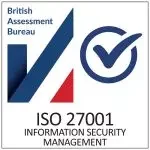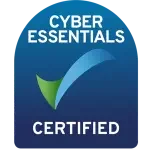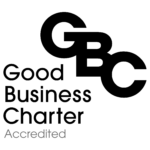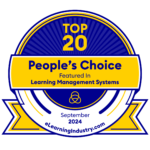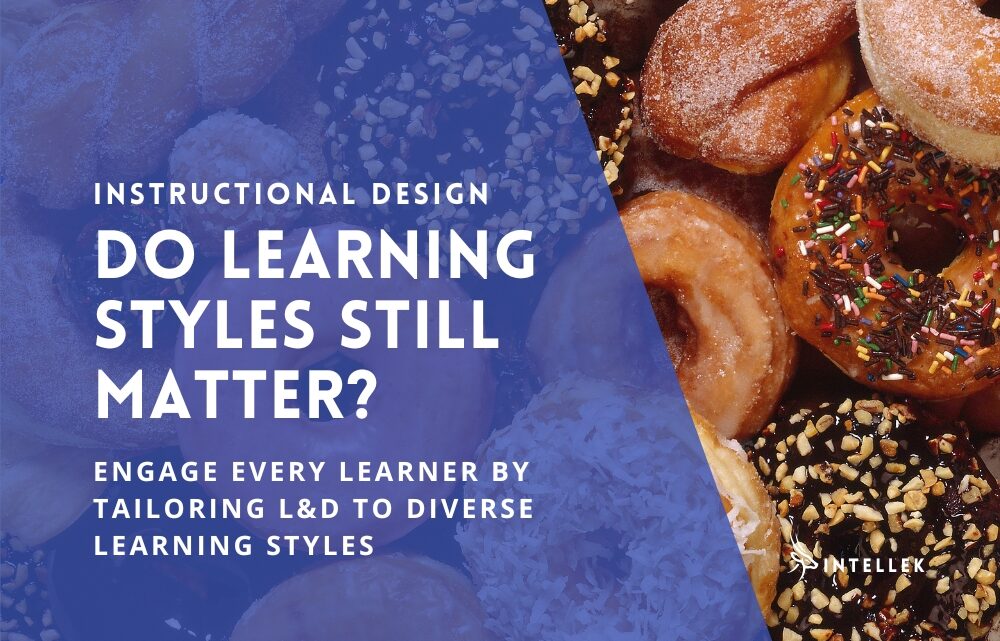
Just like having a favorite donut, not everyone learns the same way. How can online L&D provide engaging experiences for this mix of learning styles? Education has become more accessible than ever before, so we must cater to a broader spectrum of learners. When creating content for a variety of learners, find out what works and what doesn’t.
IN THIS ARTICLE...
Learning Styles: A Key to Unlocking Potential
Learners have natural preferences for how they absorb information, known as learning styles. When educators have a thorough understanding of learning styles, they can design courses accessible to all learners. The style of learning can be specific to the person’s general preference or dependent on the type of learning they are undertaking.
“It is crucial to employ a thorough model of learning style that identifies each person’s strengths and preferences throughout the complete range of physiological, sociological, psychological, emotional, and environmental factors to disclose these innate tendencies and styles.”
Kolb & Kolb, 2017
It could be the well-known VARK model (visual, auditory, reading/writing, kinesthetic) or Kolb’s Learning Cycle (experiencers, observers, conceptualizers, experimenters). For this article, we’ll be focusing on the VARK model.
Think of brains like fingerprints – unique! Some folks are visual learners, they have a knack for imagery, soaking up information through charts and infographics. Others are auditory learners who thrive on lectures and discussions. Reading/writing learners love to absorb information through text, and then there are the kinesthetic learners, the hands-on doers who learn best by rolling up their sleeves and diving in.
The key is to create a multifaceted learning environment that incorporates these preferences. Educators who understand different learning styles can unlock a learner’s full potential and create a truly engaging journey to knowledge.
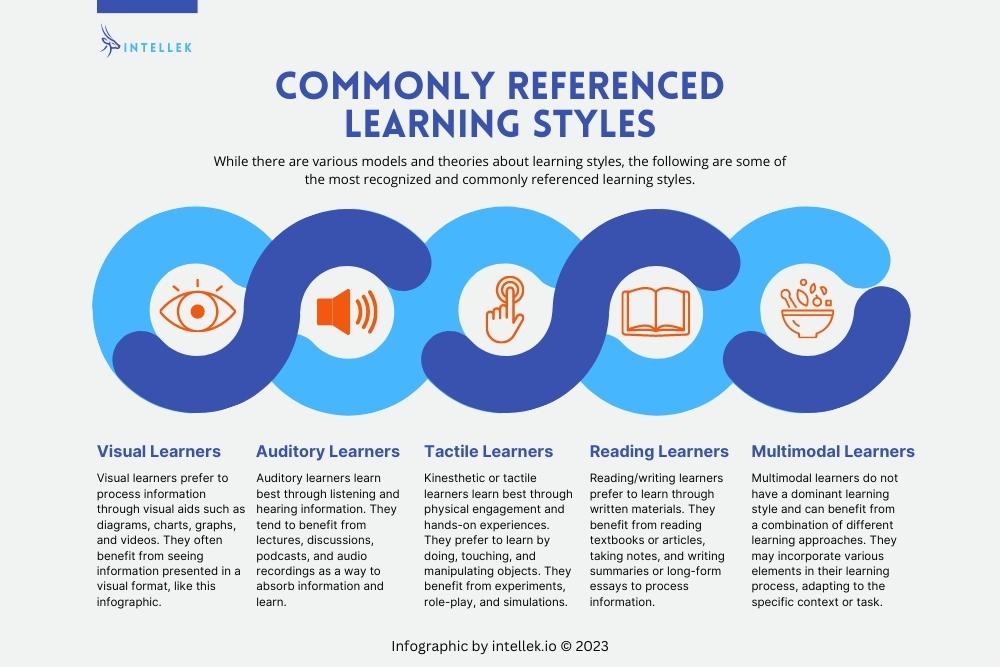

Effective Experiences: Understand Learning Styles
In instructional design, catering to different modes of learning is important. Learners possess inherent preferences for absorbing and retaining information. Recognizing various ways of learning is critical to creating highly successful learning experiences.
Why Target Learning Style Preferences?
The VARK model classifies people according to their preferred learning style: visual, auditory, reading/writing, or kinesthetic. Different sorts of learners receive information in various ways. Auditory learners favor lectures, while kinesthetic learners benefit from hands-on experiences.
By tailoring courses to each student’s unique learning methods, educators may boost their students’ comprehension and memorization abilities.
“…identifying the students’ learning styles will enable the teacher to present a lesson that students can cope with easily, make varied teaching-learning strategies, and lead to their academic performance.”
Rezaeinejad (2015)
Learning Design for Diverse Preferences
To create an inclusive and effective learning experience, it’s crucial to cater to various learning preferences. By understanding and accommodating different learning styles, you can maximize engagement, comprehension, and learning retention for a more diverse audience.
The following sections outline strategies for designing content that resonates with visual, auditory, reading/writing, and kinesthetic learners:
Visual Learners
- Integrate visual elements such as infographics, diagrams, and high-quality images.
- Use color strategically to highlight key points and create a visually cohesive learning experience.
- Ensure clear and easy-to-read fonts for optimal comprehension.
- Provide visual cues and navigation aids for effortless content consumption.
Auditory Learners
- Include audio recordings, podcasts, and narrated presentations.
- Offer clear and concise verbal explanations through voiceovers or captions.
- Provide opportunities for discussions, group activities, and peer feedback to foster active engagement.
Reading/Writing Learners
- Provide comprehensive written materials like articles, e-books, case studies, and research papers using clear, concise language with a logical flow.
- Highlight key concepts through formatting for improved readability.
- Encourage active engagement like note-taking, summarizing, writing prompts, journaling, and discussion.
- Create opportunities for written expression, peer feedback, and solidifying understanding.
Kinesthetic Learners
- Incorporate interactive elements like simulations, games, and hands-on activities.
- Encourage physical movement and exploration through experiential learning.
- Offer opportunities for practical application and real-world scenarios to solidify learning and demonstrate its value.
See It to Learn It: Designing for Visual Learners
Visual learners light up with a well-designed infographic. Cater to their strengths by incorporating a variety of visuals. Infographics, diagrams, timelines, and high-quality images transform complex information into a captivating landscape.
When designing visual content strategic use of color is key. Bold colors highlight important points, while calmer tones enhance intricate topics. Remember, white space is your friend; avoid visual clutter for optimal impact.
Finally, clear navigation is essential. Icons, arrows, and progress bars act as a visual map, guiding learners through the content easily.
Learning by Listening: Tuning In to Auditory Learners
Auditory learners? They rock the world of podcasts and lectures. Cater to their strengths with clear audio recordings, narrated presentations, and even closed captions for those who prefer to follow along visually.
Don’t forget the power of discussion! Online forums, chatrooms, or expert interviews create a space for auditory learners to thrive through interaction, asking questions, and providing feedback.
The power of listening and sharing is fueling a virtual symphony of learning. By incorporating these elements, you can design online learning experiences that resonate with auditory learners and keep them engaged.
Reading and Writing Learners: Thriving Through Text
Reading and writing learners conquer knowledge through the written word. They excel in reading books, writing essays, and taking detailed notes. This approach provides them with:
High-Quality Text – Clear articles, case studies, and engaging narratives form the foundation. These learners excel when provided with written materials that are informative and thought-provoking.
Active Engagement – Note-taking and summarization activities promote deeper comprehension. Reflective writing allows learners to process and internalize information effectively. Incorporating quizzes, assessments, and written assignments further solidifies their understanding and retention of the material.
Reflective Writing – Exercises encourage critical thinking and analysis of key concepts. These learners benefit from opportunities to apply what they have learned through writing assignments and assessments. Providing feedback on their written work can help them improve their understanding and retention of the material.
Effective Assessments – Well-designed quizzes and written assignments solidify learning. Various assessment methods can cater to different learning styles and help reinforce comprehension. By offering constructive feedback on their written work, educators can support these learners in deepening their understanding of the material.
Moving to Learn: Embracing Kinesthetic Learners
Kinesthetic learners thrive on hands-on activities and physical movement. Tap into their strengths by incorporating interactive simulations, games, and role-playing scenarios.
Break up content with opportunities for learners to physically interact. This could include drag-and-drop activities, clickable hotspots, or even augmented reality experiences where they can manipulate 3D models.
Gamification elements like points, badges, and leaderboards incentivize learners to keep taking action and make progress. Storylines and branching scenarios further immerse them in an interactive learning adventure.
For ultimate engagement, facilitate opportunities for real-world application. Hands-on projects, fieldwork, labs, or skills demonstrations allow kinesthetic learners to fully embrace the material. By designing dynamic experiences filled with tactile elements, you’ll create an environment where kinesthetic learners can move, explore, and truly embody the content.
Sensory Experimentation with Haptic Learning
Haptic learning is a learning style where people learn best through touch and movement. Haptic learners are also known as tactile-kinesthetic learners. They prefer to learn through active, hands-on experiences, rather than traditional lectures or visual presentations.
Here are some characteristics of haptic learners:
- Experiential: Haptic learners need to physically experience something to learn it.
- Sensory: Haptic learners build meaning and understanding through sensory touch and interaction with objects.
- Active: Haptic learners prefer active approaches to learning, such as lab experiments, role play, and field trips.
Some examples of how haptic learning can be applied include:
- Using blocks to learn math concepts
- Using sand writing techniques to learn to write
- Setting up a model of a Roman city to learn about the Roman Empire
- Teaching the colors of the rainbow by having students walk around the room and touch items of those colors
Haptic learning is common in STEM disciplines, but it’s less common in traditional anthropology classrooms. However, studies have shown that more than 25% of college students prefer haptic learning.
Optimizing Online Learning: A Multimodal Approach
Cultivating an inclusive learning and development environment is very important in instructional design. Learners exhibit a variety of learning styles, each influencing how they absorb and retain information. Online learning must actively incorporate various teaching modalities to address these needs.
Understanding Multimodal Preferences
As shown above, many believe that learners typically gravitate toward specific learning styles. However, it has also been recognized that learners prefer a different learning modality depending on what they are trying to learn. This is known as a multimodal learning style.
Studying for a qualification such as a 1-year master’s program can help individuals develop a more well-rounded approach to learning by exposing them to various teaching methods and styles. This can enhance their ability to adapt and succeed in different educational settings.
The Power of Learning Modalities
A multimodal approach integrates various instructional methods within a single learning module. Since this appears to be the most effective learning method, a study outlined various learning modalities. A study was conducted on medical students; 63.8% exhibited multimodal learning rather than unimodal learning. They found that students favor the multimodal approach as the most successful learning strategy.
- Visually appealing infographics to represent complex data for visual learning.
- Clear and concise audio explanations alongside text to cater to auditory learning.
- Interactive simulations or case studies that allow kinesthetic learning to apply concepts in a practical setting.
- Opportunities for reflective writing or open-ended discussions to encourage critical thinking and analysis for reading/writing learning.
Enhancing Accessibility and Learner Engagement
Multimodal learning goes beyond simply offering various instructional methods. It’s about creating an accessible and engaging learning environment for all participants. This includes:
- Providing transcripts for audio components to benefit auditory learners who may prefer to read or those with hearing impairments.
- Using closed captions for videos to enhance comprehension for auditory learners and learners with auditory processing difficulties.
- Offering clear and concise navigation tools ensures all learners can easily find the necessary information.
The Benefits of a Multimodal Approach
Adopting a multimodal strategy allows instructional designers to produce online learning opportunities that:
- Enhance learner engagement by catering to diverse learning styles and preferences.
- Increase knowledge retention by using a variety of instructional strategies for reinforcement.
- Promote accessibility for learners with varying needs and learning styles.
- Cultivate a more inclusive learning environment where all learners feel valued and supported.
Learner-Centric Experiences: The Power of Learning Paths
Effective instructional design necessitates catering to each learner’s unique needs and preferences. Personalized learning pathways (PLPs) have transformed education by letting learners choose their routes.
Assessments and Learner Feedback for Informed Instruction
A successful PLP relies on understanding individual strengths and weaknesses. It uses formative assessments and learner feedback to identify knowledge gaps. Assessments guide creating tailored learning experiences that meet each learner’s needs.
Adaptive Learning Platforms: Instruction Tailored to Individual Needs
Adaptive learning platforms have revolutionized online education, using advanced algorithms to analyze real-time learner performance. These platforms can change challenges, content, and pace. It provides help for struggling individuals and complex concepts for fast learners.
Personalized Recommendations: Fueling Curiosity and Growth
With the help of individual interests and objectives, PLPs can improve educational experiences. Many online educators and platforms aim to inspire students’ curiosity and dedication to learning.
Unlocking Potential Through Personalized Learning
Online education has changed with Personal Learning Paths (PLPs), emphasizing students above instructors. An effective and fulfilling educational experience is guaranteed when students are encouraged to take charge of their learning using this method.
Learning for All: Building Inclusive Online Experiences
Imagine a vibrant online classroom where everyone feels welcome and empowered to learn. That’s the magic of accessibility and inclusivity in online learning technologies. It’s about removing barriers and creating a space where learners of all abilities, backgrounds, and cultural perspectives can thrive.
Tear Down the Walls: Making Content Accessible
Let’s face it: some online learning can feel like navigating a maze blindfolded. For learners with disabilities, inaccessible content can be a major roadblock. Here’s how to ensure everyone has a smooth learning journey:
- Structure your content clearly with headings, proper formatting, and consider alt text for images. This allows screen readers to translate information for learners with visual impairments.
- Hard-of-hearing learners who prefer to read need closed captions and transcripts for videos and audio.
- Consider offering transcripts in multiple languages to cater to a broader audience and address language barriers.
Vive la Différence: Fostering a Culture of Inclusion
Accessibility is just the first step. A genuinely inclusive online learning environment welcomes learners from all walks of life. Here’s how to cultivate that welcoming atmosphere:
- When developing content, be mindful of cultural differences and avoid stereotypes or insensitive language.
- Showcase a variety of backgrounds and perspectives in your learning materials. This allows learners to see themselves reflected in the content and fosters a sense of belonging.
- This framework encourages creating flexible learning experiences that cater to a wide range of learners. Consider different ways to communicate information, giving students options for engaging with and demonstrating their understanding.
The Inclusive Future of eLearning
The landscape of online learning is brimming with possibilities. If we can find ways to accommodate different learning styles, we can make online learning a positive and rewarding experience for every student. Personalize learning paths with the help of multimodal techniques.
Remember, a vibrant learning environment thrives on diversity. We empower students of all skill levels and backgrounds to forge their path to success and knowledge. These efforts to establish an inclusive environment enable us to accomplish this. The future of online learning seems bright. It is founded on understanding, adaptability, and a dedication to addressing the learners’ ever-changing needs.
Intellek (formerly TutorPro) is a founding member of the learning technology industry. With a presence in the USA, UK, Canada, and the EU – for over 30 years we have pioneered the development of cutting-edge eLearning software and online training solutions, with a large and diverse portfolio of international clientele.
Disclaimer: We use all the tools available including generative AI to create relevant and engaging content.
